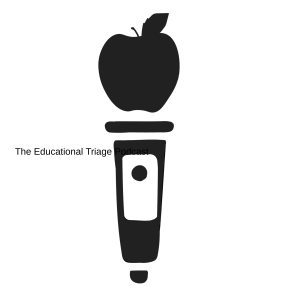
When someone says, “I teach at an alternative school/program,” the listener may react with thoughts of safety concerns, knives, guns, criminal behavior, and pretty much the idea that this person teaches in a neo-prison environment. Why is this? Surely, when you walk into many of the schools and programs that exist in the country, you will enter an environment that is safe, respectful, caring, vibrant, and rife with positive activity; for the most part. Of course, there are those that need some help, but overall this is true.
The perceptions of Alternative Education have, nevertheless, been one of “less than” and “stranger than” regular education. Perhaps it’s because we don’t consider our normalization of learning to be that of the middle-class child, well-dressed, clean, well-fed, happy, and compliant. Is that what makes a good student? To listen to lectures, to be on a calendar, to be a number, to be compliant, and disregard the issues faced outside of the school - if not within its boundaries - that may make learning difficult, irrelevant to immediate survival, and therefore not engaging. This is even truer when the student is not finding themselves understanding and left behind in many classes - but forced to remain in a class where they may be speaking some alien dialect that, for them is just gibberish.
Alternative Education works to reduce those feelings of inadequacy and guides students at their own rate of learning to engage and find what it is they were missing. So where is the public disconnect?
IF we were to peruse the definitions of Alternative Education across the states we would be able to find some rationale for this disconnect. For out of 50 states, there are many who define alternative education as placements for those students expelled or suspended or removed for behavioral infractions; nothing to do with actual education but with behavior - which also seems to mean that those students who are not understanding and are potentially at-risk of dropping out or spending even more years of futility trying to succeed in a system that doesn’t really care have no options. 12 states make it clear that the purpose of these programs/schools is to work with, primarily, behavioral issues and are not necessarily open to other students who might benefit from a different structure and form of education.
But if over one-fifth of the states have this as their primary definition, most other states do include such clauses but also allow for the inclusion of academic, and other reasons for students to profit, educationally, from such environments - thereby mixing the two defined populations and forcing many to clutch their pearls without any knowledge about what is going on within.
More Reading:
Alternative Discipline Can Benefit Learning
50 State Comparison for Alternative Education Programs
How students get banished to alternative schools
Comments (0)
To leave or reply to comments, please download free Podbean or
No Comments
To leave or reply to comments,
please download free Podbean App.